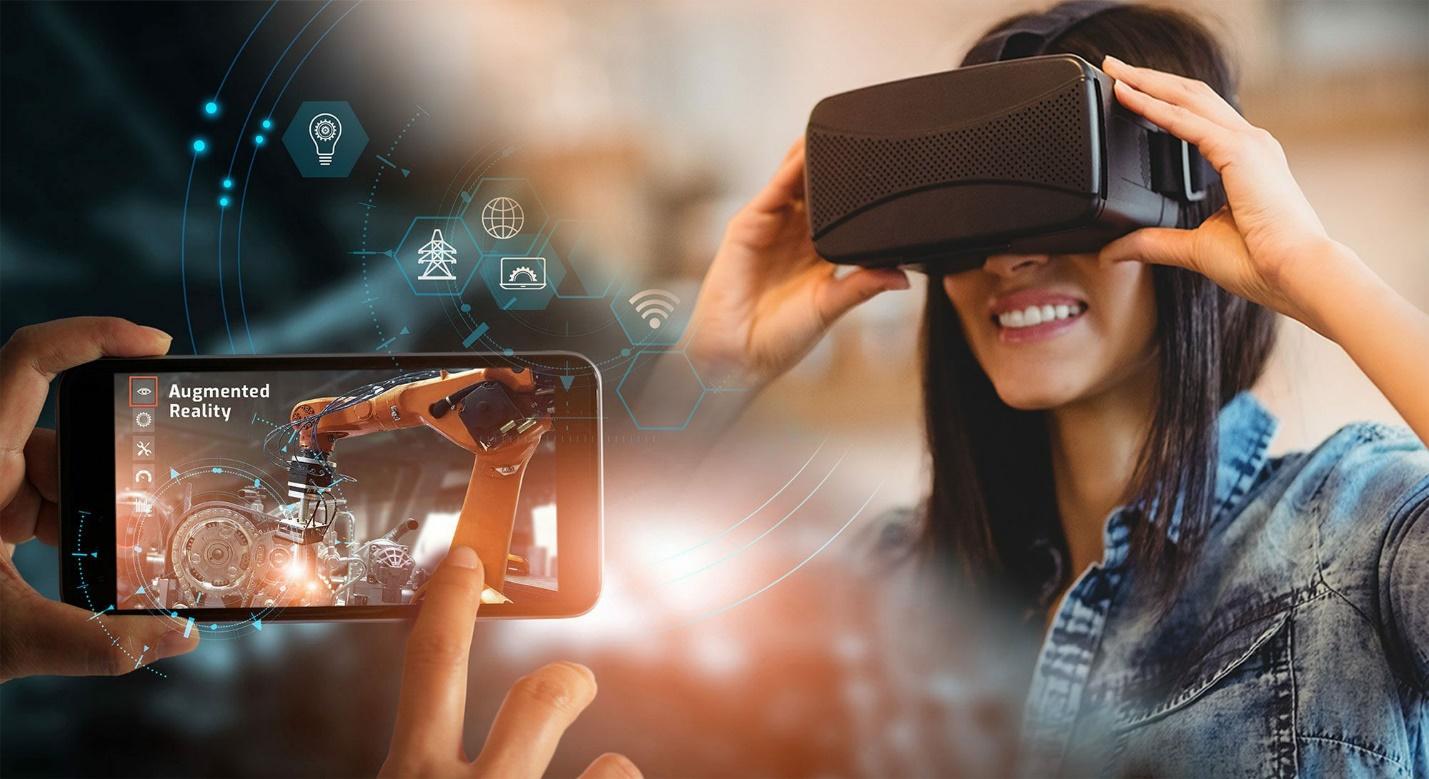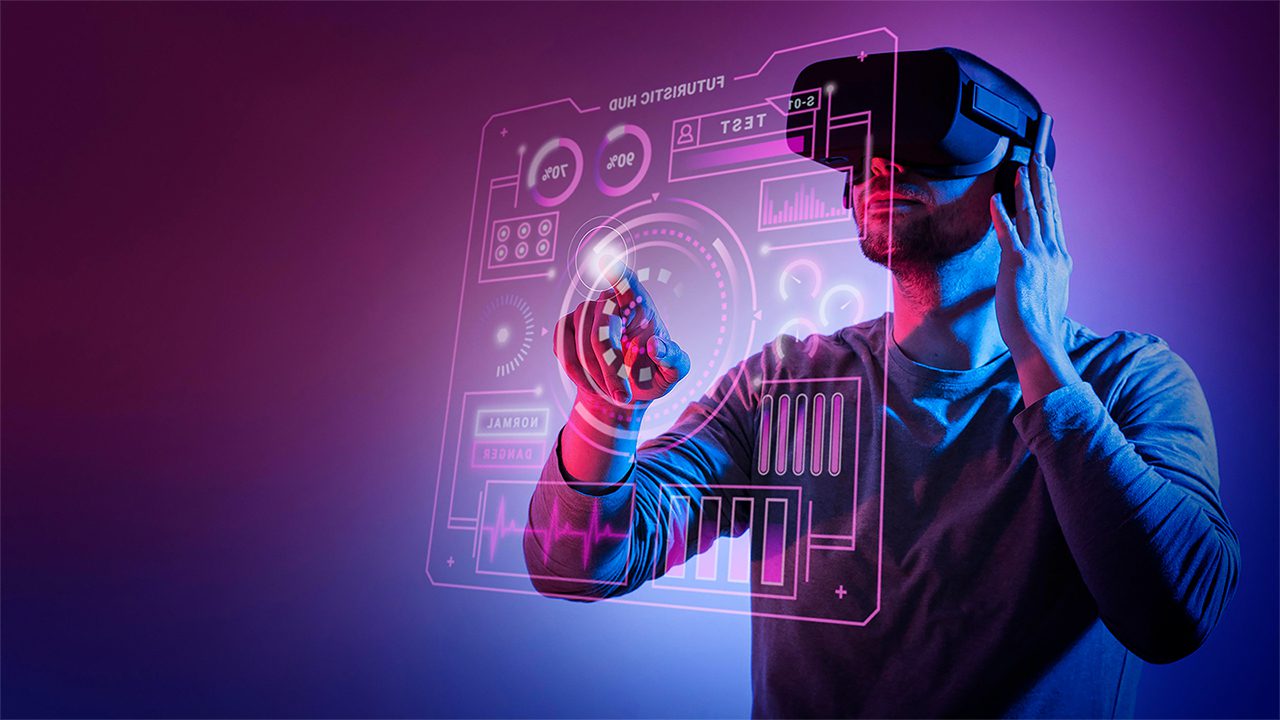DISTINGUISHING AR AND VR: CHOOSE THE RIGHT TECHNOLOGY TO ELEVATE YOUR EVENT
AR and VR are two standout technologies that are redefining user experiences in events and marketing campaigns. Yet, many still struggle to distinguish clearly between the two, leading to suboptimal applications. Alta Media invites you to explore the key differences between AR and VR—so you can confidently choose the right technology to take your event to the next level.
As the digital transformation of customer experiences accelerates, AR (Augmented Reality) and VR (Virtual Reality) have emerged as leading forces in experiential technology. However, not everyone fully grasps the critical differences between these technologies, and as a result, may miss the opportunity to harness each one’s full potential. This article will guide you in clearly identifying AR and VR, helping you select the most suitable solution for your brand’s event or marketing campaign.

AR and VR: Unlocking distinctive experiences
Understand to apply effectively
Digital technology is dramatically transforming how people interact with the world. Among the most prominent innovations are AR (Augmented Reality) and VR (Virtual Reality)—two groundbreaking tools opening up new possibilities across media, education, healthcare, and entertainment. But to apply them effectively, it’s crucial to understand their core functionalities and distinct applications.
AR – Enhancing reality with digital layers
AR does not replace the real world—it enhances it. Users still see their actual surroundings, but digital images, sounds, and data are overlaid via smartphone screens, tablets, or AR glasses. AR is ideal for interactive brand activations, product showcases, user guides, or outdoor gaming experiences, allowing brands to create engaging, real-world interactions augmented by digital content.
VR – Immersing you in an entirely new world
In contrast, VR builds a fully simulated 3D environment where users can move, interact, and explore without interference from the physical world. Through specialized VR headsets, users are fully immersed in experiences, from gaming and medical simulations to virtual property tours. VR is best suited for scenarios that require full immersion and high-fidelity simulation

AR and VR Offer distinct experiences
Key differences to help you choose the right fit
When deciding between AR and VR for your event or marketing campaign, it’s essential to grasp their fundamental differences. Below are the core elements that set these two technologies apart, helping you make informed, strategic choices
Experience environment
AR: Enhances the real world by overlaying digital elements onto it. This allows users to interact with their actual surroundings, making AR ideal for crowded events and on-site activations, as it’s more accessible and less intrusive than VR.
VR: Creates a fully immersive, separate digital world. Users are transported away from reality into a simulated environment, best suited for controlled environments and individualized experiences that emphasize immersion and uniqueness.
Equipment Requirements
AR: Leverages widely accessible devices like smartphones or basic AR glasses—easy to integrate into public events or consumer interactions.
VR: Requires specialized equipment, such as VR headsets, controllers, and motion sensors, which are more technologically intensive and often suited to structured or individual experiences.
Interaction Capabilities
AR: Offers simple interaction models—usually via touch screens or basic gestures. This makes AR more intuitive for users unfamiliar with tech setups.
VR: Enables complex interactions in a virtual environment. Users often engage through controllers, haptic gloves, or motion tracking, allowing for richer, but more equipment-reliant experiences.
Understanding these distinctions is a critical first step for any business aiming to integrate immersive technology into its communication strategy. Whether your goal is to create broad engagement or offer a deeply immersive journey, the right choice depends on your event scale, audience, and interaction goals.
At Alta Media, we offer more than just equipment—we bring ideas to life. From consulting and concept development to on-site setup and technical execution, our team delivers comprehensive end-to-end support tailored to your brand’s objectives.
With extensive hands-on experience across projects of all sizes, Alta Media has built a professional and agile workflow that meets the most dynamic client demands. Our technology-driven solutions not only attract attention but also help brands create lasting impressions that resonate well beyond the event.
Let us help you choose the right technology—AR or VR—to transform your ideas into immersive, memorable experiences.
